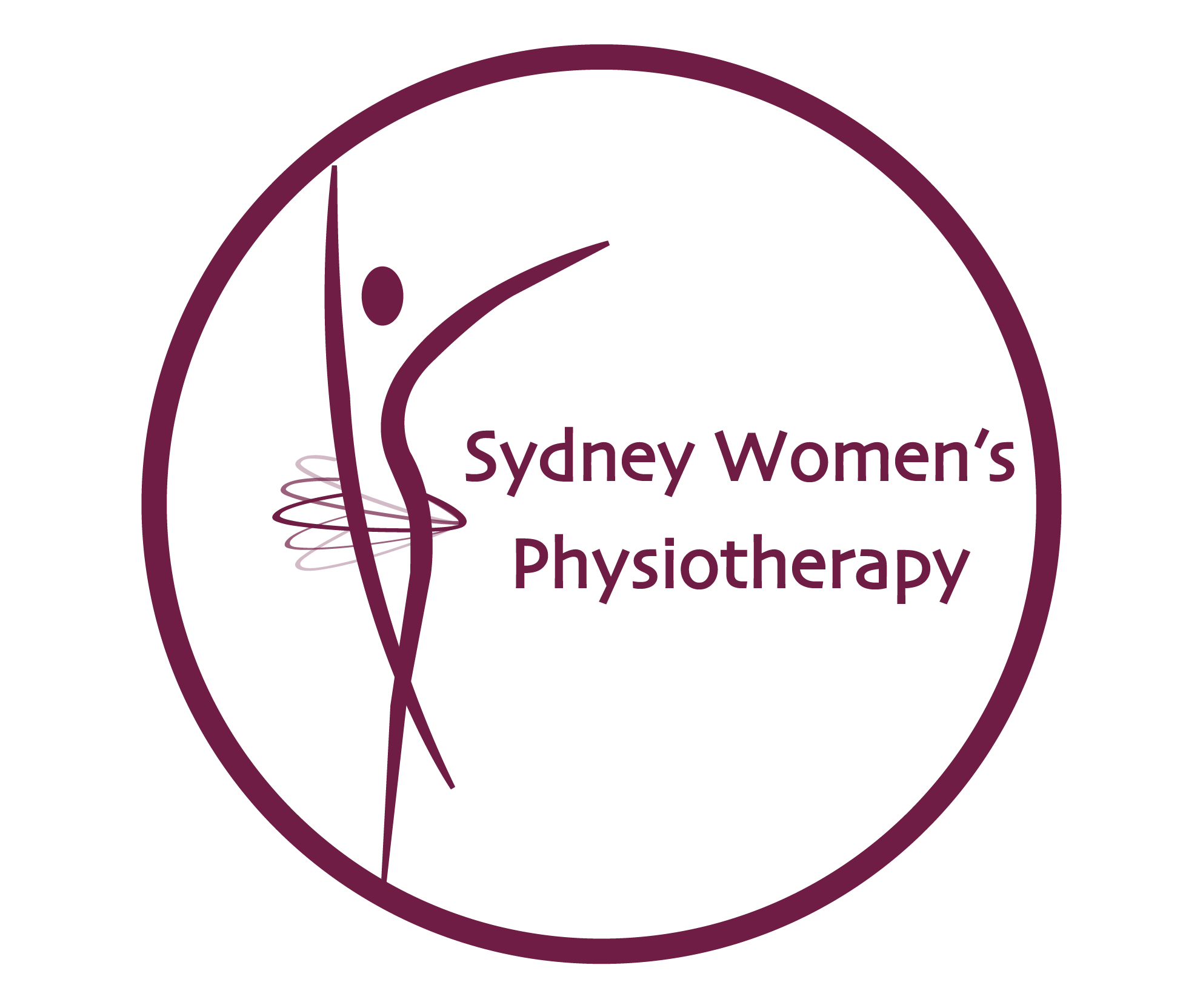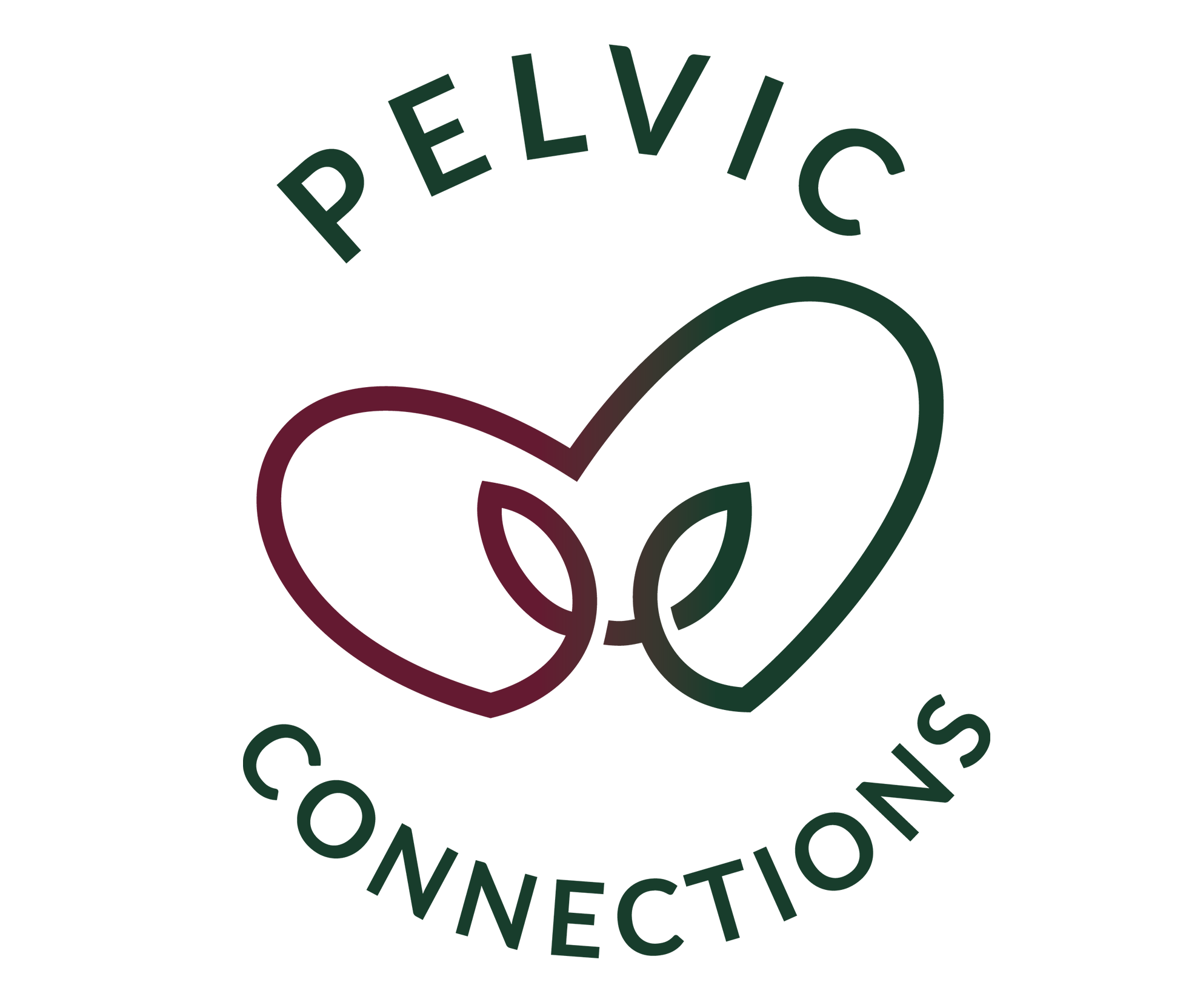Upper Limb
What causes upper limb dysfunction?
Upper limb dysfunction may occur as a result of our adapted postures, biomechanics and trauma to an area. Concerns may present in an acute, chronic or overuse form. In the average population, those who have rounded shoulder posture and do a lot of sitting and typing at work are likely to experience shoulder or elbow pain. Whereas, post-natal women are often prone to hand, wrist and shoulders conditions due to repetitive lifting of their baby.
What are common upper limb injuries?
- Rotator cuff tendinopathy or tear
- Bursitis
- Shoulder impingement
- AC joint sprains
- Shoulder dislocations
- Frozen shoulder
- Tennis/golfers elbow
- Carpal tunnel syndrome
- De Quervain’s Tenosynovitis
What are common symptoms with upper limb injuries?
- Reduced range of movement
- Pain
- Pins and needles
- Numbness
- Weakness
- Swelling
- Pain after a period of rest
How can Pelvic Connections help manage upper limb dysfunction?
A holistic approach will always be taken when addressing upper limb dysfunction at Pelvic Connections. During your treatment you may receive education regarding your condition, improved postures and aggravating factors; range of motion and mobility exercises; graduated strengthening exercises; manual therapy and joint mobilisations; and assistance with reintegration back into your work and lifestyle. An application of a splint or brace will be encouraged if appropriate.
The Physiotherapists Treating General Physiotherapy

Trisha

Kiera

Joanne

Jacqueline


